The second objective is propulsion. This is achieved by emitting pulsed cathode rays out of one end of the craft tuned to the rate of change of jet stream particles surrounding the bubble. At the other end of the craft, cations are emitted at the same rate of change. This creates a push/pull effect, doubling the ship’s acceleration and velocity capabilities.
Category: space travel
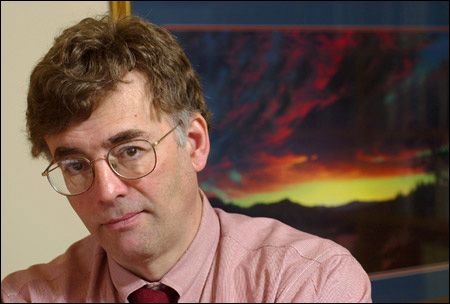
Alien abduction claims examined
Mark H. says he was abducted by aliens. He clearly remembers awakening one night, unable to move anything but his eyes. He saw flashing lights, heard buzzing sounds, experienced feelings of levitation, and felt electric tingling sensations. Most terrifying were the nonhuman figures he saw by his bed.
Mark believes they were aliens.
Later, he underwent hypnosis to try to recall exactly what had happened to him. Under hypnosis, Mark remembered being whisked through an open window to a large spaceship. He was very frightened when aliens took him into some kind of medical examining room. There he had sex with one of them.
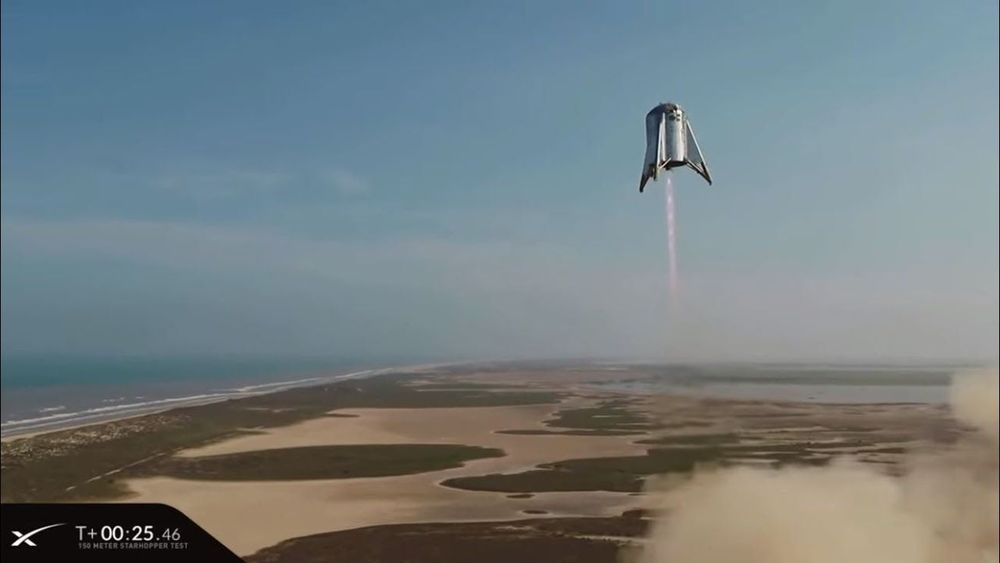
How we’ll get to Mars — what’s the biggest challenge, money or technology?
“There are a number of critical technologies that have to be assessed and tested before we go to Mars,” he told Quirks & Quarks host Bob McDonald.
His short-list includes reusable landers, new space suits, mining gear, water and fuel production plants and safe nuclear power sources that could be used to power habitats and equipment on the red planet.
Thirsk himself is currently working with the Canadian Space Agency to investigate the unique biomedical and health care issues involved in long term deep space missions.
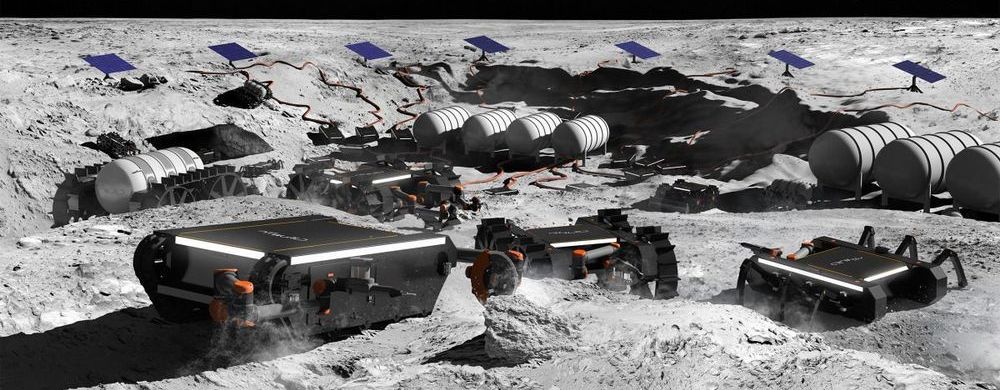

Sean Carroll: Quantum Mechanics and the Many-Worlds Interpretation
https://www.youtube.com/watch?v=iNqqOLscOBY
Sean Carroll is a theoretical physicist at Caltech and Santa Fe Institute specializing in quantum mechanics, arrow of time, cosmology, and gravitation. He is the author of several popular books including his latest on quantum mechanics (Something Deeply Hidden) and is a host of a great podcast called Mindscape. This conversation is part of the Artificial Intelligence podcast.
This is the second time Sean has been on the podcast. You can watch the first time here: https://www.youtube.com/watch?v=l-NJrvyRo0c
INFO:
Podcast website:
iTunes:
https://apple.co/2lwqZIr
Spotify:
https://spoti.fi/2nEwCF8
RSS:
https://lexfridman.com/category/ai/feed/
Full episodes playlist:
Clips playlist:
EPISODE LINKS:
Something Deeply Hidden: https://amzn.to/2C5h40V
Sean’s twitter: https://twitter.com/seanmcarroll
Sean’s website: https://www.preposterousuniverse.com/
Mindscape podcast: https://www.preposterousuniverse.com/podcast/
OUTLINE:
0:00 — Introduction
1:23 — Capacity of human mind to understand physics.
10:49 — Perception vs reality
12:29 — Conservation of momentum
17:20 — Difference between math and physics.
20:10 — Why is our world so compressable.
22:53 — What would Newton think of quantum mechanics.
25:44 — What is quantum mechanics?
27:54 — What is an atom?
30:34 — What is the wave function?
32:30 — What is quantum entanglement?
35:19 — What is Hilbert space?
37:32 — What is entropy?
39:31 — Infinity
42:43 — Many-worlds interpretation of quantum mechanics.
1:01:13 — Quantum gravity and the emergence of spacetime.
1:08:34 — Our branch of reality in many-worlds interpretation.
1:10:40 — Time travel
1:12:54 — Arrow of time
1:16:18 — What is fundamental in physics.
1:16:58 — Quantum computers
1:17:42 — Experimental validation of many-worlds and emergent spacetime.
1:19:53 — Quantum mechanics and the human mind.
1:21:51 — Mindscape podcast
CONNECT:
- Subscribe to this YouTube channel
- Twitter: https://twitter.com/lexfridman
- LinkedIn: https://www.linkedin.com/in/lexfridman
- Facebook: https://www.facebook.com/lexfridman
- Instagram: https://www.instagram.com/lexfridman
- Medium: https://medium.com/@lexfridman
- Support on Patreon: https://www.patreon.com/lexfridman
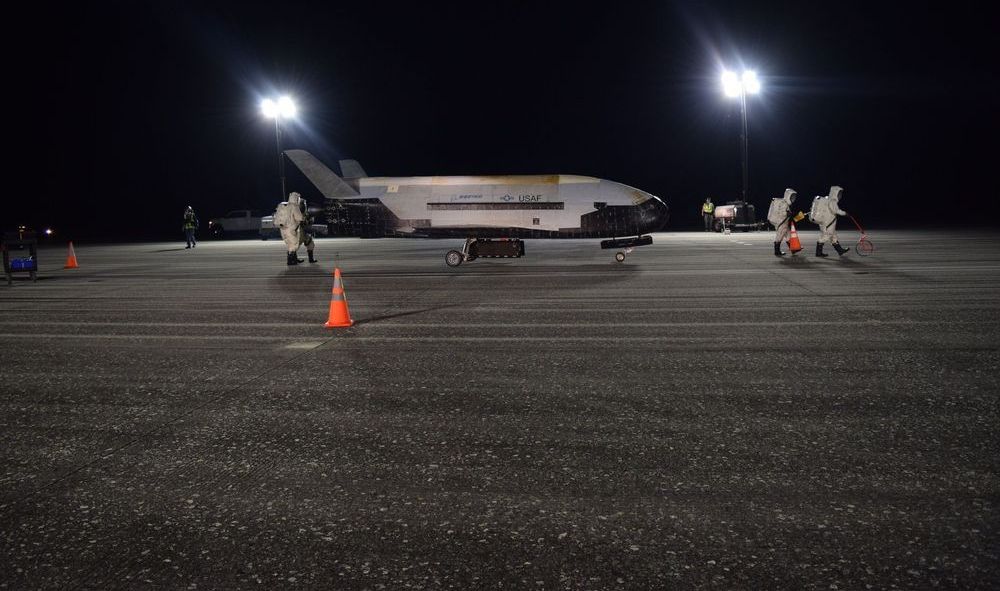
Air Force’s mystery space plane lands, ends 2-year mission
The Air Force’s mystery space plane is back on Earth, following a record-breaking two-year mission.
The X-37B landed at NASA’s Kennedy Space Center in Florida early Sunday. The Air Force is mum about what the plane did in orbit after launching aboard a SpaceX rocket in 2017. The 780-day mission sets a new endurance record for the reusable test vehicle.
It looks like a space shuttle but is one-fourth the size at 29 feet.
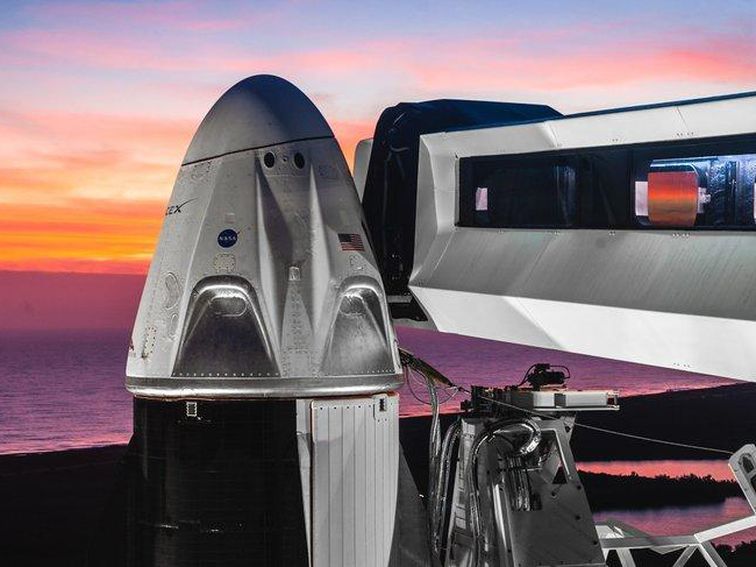
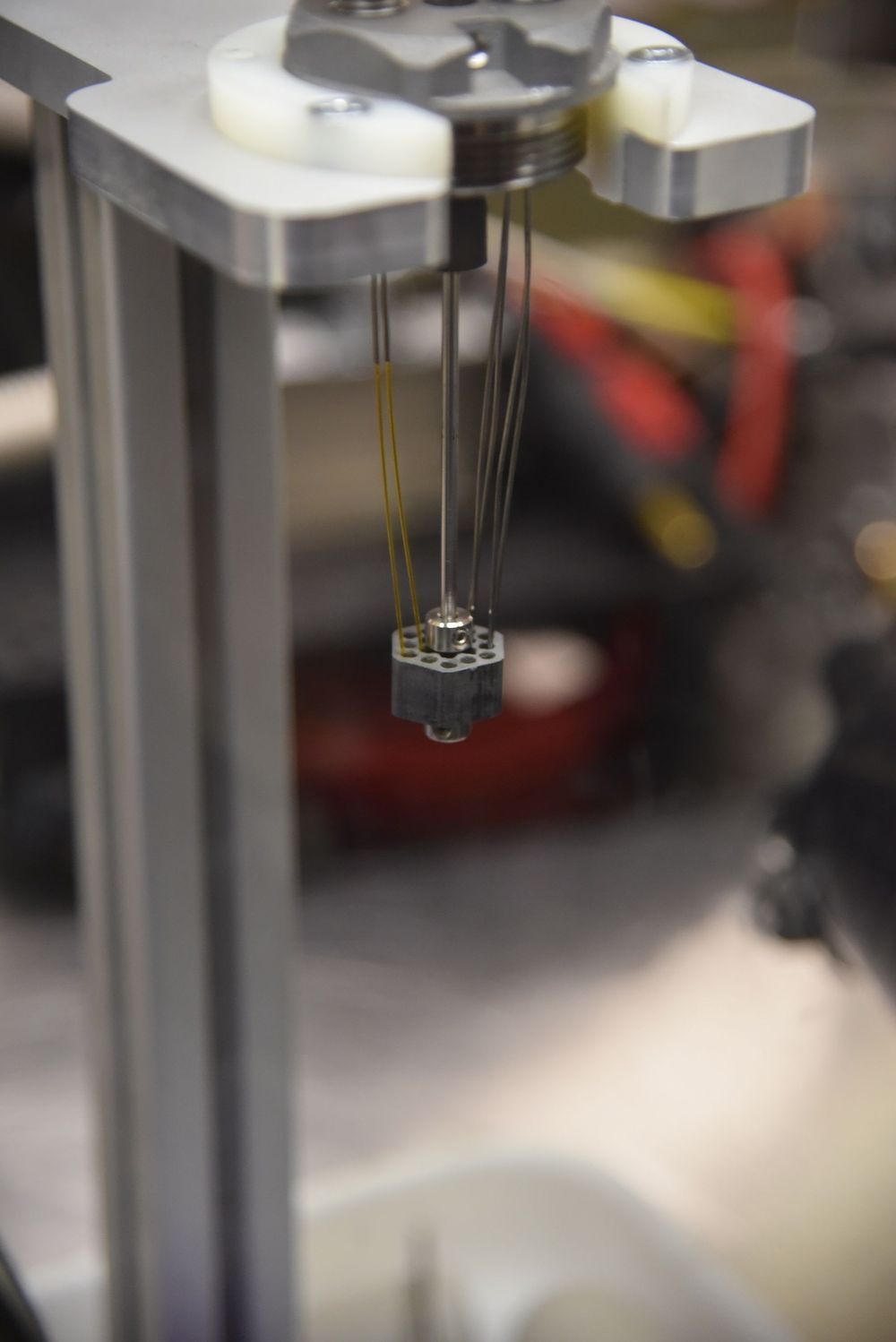
Space – the next frontier – requires innovation in nuclear fuel design and testing
To go where no man has gone before (and to get back) will require quite a bit of oomph. All that energy must come from somewhere. Traditional chemical rocket fuels could work for some missions, but nuclear-based propulsion systems have several advantages.
Nuclear thermal propulsion (NTP) rockets use a nuclear reaction to heat liquid hydrogen. When the hydrogen is heated, it expands and is forced through a nozzle to produce thrust. This is similar to how air can stream out of the stem of a balloon and cause it to fly across the room. With rockets, this happens with much greater speed and force.
These hydrogen propelled rockets are designed for space exploration, not for use on Earth, and subsequently would not be turned on (i.e. brought critical) until after they left Earth. Although the specific type of fuel for these applications has not been formally selected, the fuel envisioned for use in an NTP environment is uranium fuel.
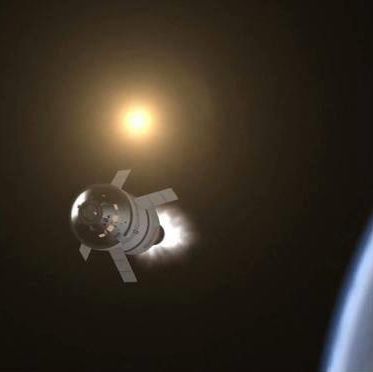
On #Artemis missions, astronauts aboard NASA’s Orion Spacecraft will travel from Earth to the Gateway lunar outpost and use a lunar lander to descend to the Moon’s surface
They’ll return to the Gateway and board Orion once again to go home to Earth. Astronaut Randy Bresnik explains: https://go.nasa.gov/2qu3Bx8
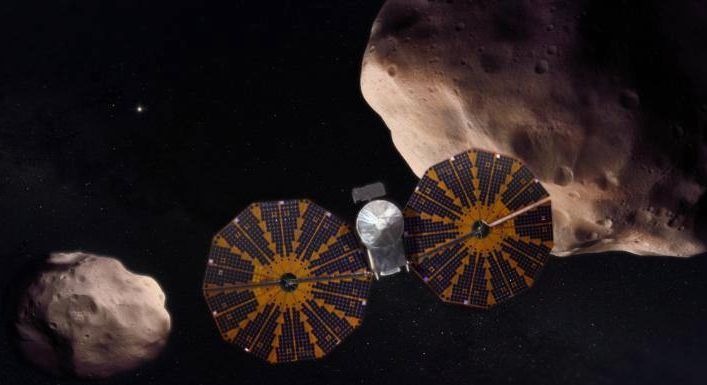
A green light for our NASA Solar System Exploration mission Lucy, following a successful critical design review on Oct. 18
The team can now begin building the spacecraft. Lucy will be the first-ever mission to visit the swarms of Trojan asteroids — “fossils of planet formation” — that orbit in tandem with Jupiter. Details: https://go.nasa.gov/2qyeHRW